Mobile computing has much more serious applications than sling shooting infuriated birds across the solar system. When it comes to observation of the Earth from satellites, there is always a need to perform ground truthing. This is when a person checks that the ground really looks like the data that has been recorded by a satellite and interpreted to mean some specific characteristic. Ground truthing is useful to calibrate an interpretation, but it is also a valuable input into data-based models. An ecologist looking at recovering woodlands following a fire might pull up a model to show what regions will bounce back first. But if she visits the area, she might also want to record the number of seedlings she saw sprouting and the family of woodchucks she spotted moving in.
Instead of recording such observations in a notebook, INNOVIM builds mobile applications that let scientists conveniently enter data directly into the model on their field tablet. The application records when and where the observations were made and can use GPS to mark the areas a scientist visits. All those observations are added to the model, increasing its accuracy and improving future forecasting of wildland recovery, invasive species campaigns, weather, and climate.
